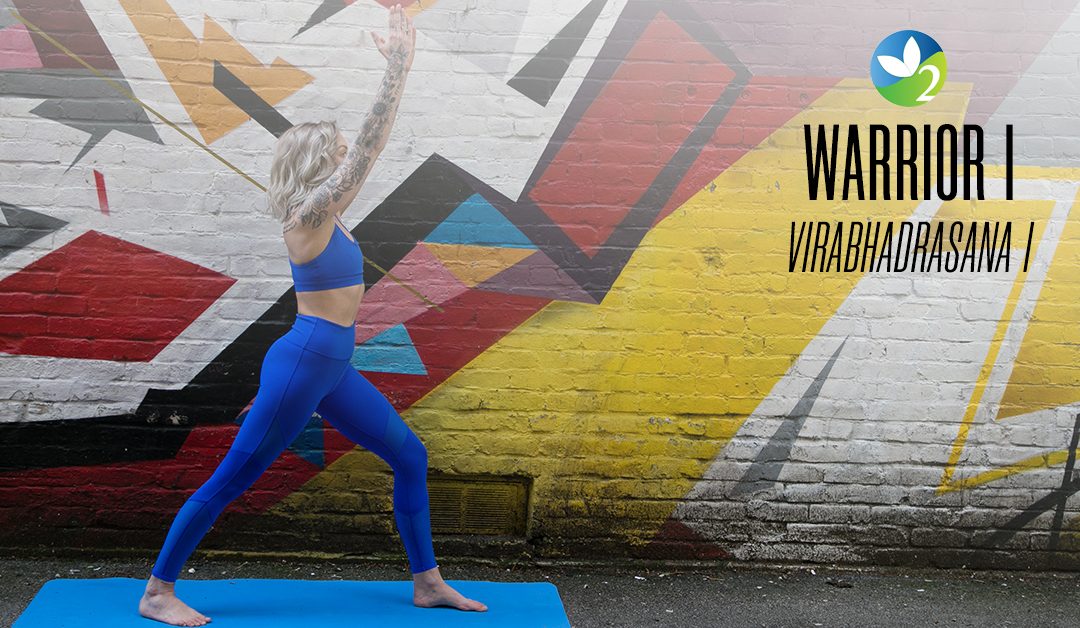Warrior I pose, or virabhadrasana I, is a fairly standard yoga pose that may be featured in a typical yoga-based freedom flow class. This pose, and the others in the warrior family, are great foundational yoga poses that help work on balance, body awareness, and channel your inner warrior. There are multiple ways to get into the pose, but this guide is going to start in a standing position.
Benefits:
Stretches the chest, lungs, shoulders, and neck. Strengthens the shoulders, back, and arms. Stretches the legs, activates the core and the psoas muscles (in the groin).
How to:
- Start in a standing position, tadasana, mountain pose, at the front of your mat.
- Step your right foot back towards the back of your mat creating a long stance, but not as long as you would take in a lunge or in warrior II. You can play around with the position of your feet as you get comfortable in the pose.
- Rotate your right foot so that your toes are pointing towards the front right corner of your mat (roughly 45 degree angle). Make sure that both of your heels are in line. Your left foot will stay pointing towards the front of the mat. Since it’s important that your entire foot stays on the mat (including your heel and your pinky toe!), you may need to readjust your position so that you don’t lift through any part of your feet.
- You want to try to align your hips more or less with the front of your mat, but if this is not possible for your body, don’t stress over it. Listen when your body is asking you to pause.
- Bend into your front knee, making sure your knee aligns with your ankle. You may want to readjust your position as you take the bend. If you need to modify, keep a straighter front leg position.
- Extend your arms upwards, with your palms facing each other and your elbows straight. If needed, modify with bent elbows or bring your hands into heart center in prayer.
- Hold for a few breaths, flow with your arms if that feels right for you, and when you’re ready, come back to tadasana and repeat on the other side.
Modify it:
As mentioned above, you can always keep a straight leg position on your front leg. You can also modify this pose by coming into a lunge position (knee up or knee down), if the position is feeling like it’s too much for your legs or hips.

